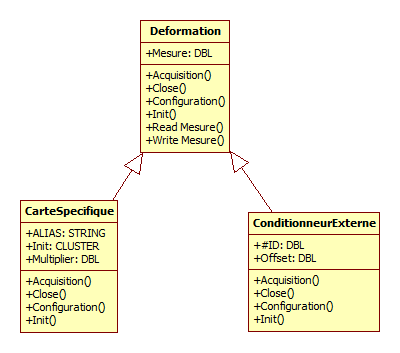
Running that through a polynomial solver gave us: Shaking regularly: +0.5 boost to growth factor,ĭata points extrapolated from Chris White's experiment: Inoculation Yeast
Beersmith vs brewersfriend update#
Unfortunately, but if you can point us towards one we would be happy to update this page and the calculator logic.Īt this point the yeast calculator is quite conservative: However, anecdotally, aeration and stirring are said to provide positive benefits. The initial study did not address stir plates or shaking methods. The growth curve is geared for a starter gravity of 1.036 (9 ° P). The saturation point for a starter is 200 million cells/ml (the starter not grow at that inoculation rate). The maximum growth factor is 6 (the starter will never grow past that amount). There are some caveats to the model to be aware of. We approximated results from that study and fitted This model is based on an inoculation rate leading to a yeast growth factor. Yeast: The Practical Guide to Beer Fermentation. The remaining growth factors are based on an empirical study done by Chris White, which is detailed in: More data is being collected and we expect to enhance this functionality when the results are in from Kaiser! For very large starters (+5L) the results may be high as there is no upper growth limit NOTE: The Braukaiser model should only be used with stir plates. This model is based on Billions of cells of growth per gram of extract (B/g).ĭetailed information, including the equation is here. The first growth equation is by Kaiser of.& Aeration, different yeast growth equations will be used. Based on the selection under Growth Eq.You can start from a slant, and go through up to 3 steps to achieve your desired pitching rate.Specify the amount of slurry in Liters.Some sources say it is as high as 5 B / mL. Default slurry density is 1 billion cells / mL, but you can adjust it.There is plenty of online debate as to how the decay works in real life (exponential vs linear).After 30 days in the vial, the viability of our yeast is 75-85%. What is the shelf life of White Labs Yeast? Quick Answer: 4 Months. In 4.75 months or 143 days, this calculator assumes the yeast is 100% dead (100 / 0.7 = ~143). The assumption is the yeast viability drops in a linear fashion. Liquid yeast viability drops 21% each month, or 0.7% each day, from the date of manufacture.A pack/vial contains 100 billion cells at the date of manufacture.Made because dry yeast is relatively cheap - just buy more packs to hit the target pitch rate. With dry yeast, starters are typically not Most dry yeast packs come in 5g or 11g amounts.



Beersmith vs brewersfriend pro#
Middle of the road Pro Brewer 0.75 (ale).Minimum manufacturer's recommendation: 0.35 (ale only, fresh yeast only).The Target Pitch rate drop down has the following values: Choosing a Pitch Rate - we put you in control: That alone will take your beer to the next level. If you are using liquid yeast, you will be encouraged to do a starter. Nutrient levels, yeast generation, the specific strain of yeast, etc. In reality, they depend heavily on factors like temperature, yeast strain health, Yeast counts, viability, and growth rates should be treated as estimates.

We selected the most commonly accepted figures from manufactures, beer experts, and literature to bring you something that saves you time and makes your beer turn out better!


 0 kommentar(er)
0 kommentar(er)
